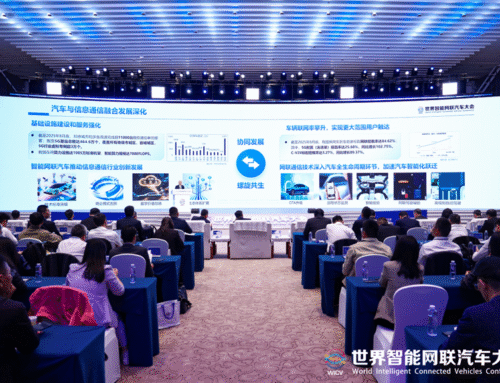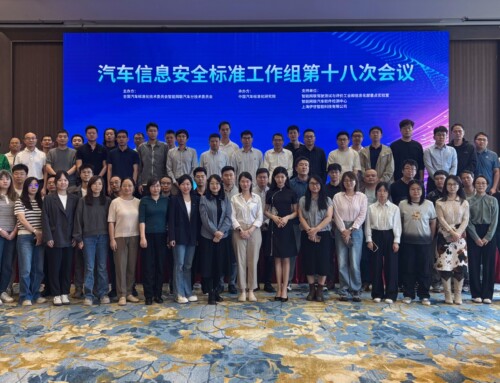On 6 February 2023, the CPC’s Central Committee and the State Council released the Outline for Building a Quality Country (hereinafter referred to as the Outline). The Outline is the first medium- and long-term quality-dedicated programmatic document issued at the highest level of China’s leadership. It lays out the blueprint for China’s quality work in the new era, providing guidelines for concrete actions and a strong impetus for promoting the quality development as a whole.
Quality development has been frequently mentioned in China’s strategic documents. The Economic Daily, one of the most influential newspapers in China, interpreted the significance of the document from three different dimensions:
- Firstly, from a macro perspective, high-quality development means stable economic growth, balanced development between urban and rural areas in different regions, green development driven by innovation, and more equitable benefits of economic development to all the society.
- Secondly, from an industrial perspective, high-quality development refers to the optimisation of the industrial layout, achieving a reasonable structure, continuous transformation and upgrading, and significantly improving the benefits derived fromindustrial development.
- Last,but not least, from an enterprise management perspective, high-quality development includes first-class competitiveness, quality reliability and continuous innovation, brand influence, as well as advanced quality management concepts and methods. Quality, therefore, does not only indicate product quality, but also health and balanced development as a whole.
In general, to maintain China’s high quality development, the Outline sets a qualitative goal for 2025: the country shall achieve significant progress in economic development, industrial quality competitiveness, quality of products, projects and services, brand building, as well as the quality management system. Although general and broad, it is a very inclusive goal without any specific index requirement, to be achieved through a series of concrete actions.
Specifically, a total of 32 actions are outlined, together with 7 major dedicated projects covering different dimensions, from general economic development to specific products. According to the interpretation made during an ad hoc press conference, the actions and projects presented in the Outline target three main aspects. The first one is to improve the quality of products, projects and services, as well as the competitiveness of quality in specific regions and industries. This part takes a large share including specific 19 actions, elaborated from macro economy to micro industry and brand-building, as well as product and services. Particularly, the construction industry is given great importance with three specific actions. The second aspect is to consolidate the high-level national quality infrastructure (NQI), from infrastructure management to capacity building and improvement of services. Standards, metrics and conformity assessment will play a fundamental role in the process, as the Outline stresses the importance of coordination and connectivity of standards, inspection and testing, as well as acceptance of certification results across different regions and countries. The third aspect is to improve the quality governance via legislation, policy, regulation and co-governance under joint efforts from the industry and society. In this part, the Outline continues to encourage enterprises’ self-compliance, an effort that can be traced back to 2018 when China released Notice on Reforming and Adjusting the Catalogue and Implementation Method of Compulsory Product Certification. This shows that enterprises’ self-declaration will be further encouraged, while being complemented by targeted supervision from government.
In short, the Outline indicates China’s economic focus shift, from high-speed to high-quality. This is not the first time that the quality has been placed with strategic significance; two similar national documents about quality were issued in 1996 and 2012. Yet, the Outline represents a requirement for the new era that China has made for the 14th Five-year Plan period. Against the economic downward pressure, China’s commitment to further pursuing the upgrading and transformation of the industry will, inevitably, be a tough journey.




